AUSTIN, Texas — What could be the loneliest railroad in the United States is getting a facelift.
Crews are at work upgrading the South Orient rail line, which covers some 400 miles through a swath of sparsely-populated West Texas scrubland.
The line has only two connections, with the BNSF near Coleman, Texas, and the Union Pacific at Alpine, Texas. The largest city on the line is San Angelo, population 120,000. What drives the upgrade is a substantial growth in traffic. When the state took ownership in 2000, the line transported slightly more than 2,000 carloads a year. In 2017, Texas Pacifico Transportation, the state’s tenant operator, reported some 43,700 carloads.
Gil Wilson, rail systems administrator for the Texas Department of Transportation, said the state has invested some $10 million in state and federal funds to upgrade 300 miles between San Angelo Junction, near Coleman, and Alpine.
The South Orient skirts the southern boundary of the Permian Basin, and largest share of its traffic growth has been related to the booming energy industry. Some 92 to 95 percent of the railroad’s traffic is frac sand, according to Stan Meador, vice president – sales and marketing for Texas Pacifico.
The rough-cut jewel in the South Orient’s crown is its connection to Mexico. Arsonists in 2008 burned down a bridge across the Rio Grande between Presidio, Texas, and Ojinaga, Mexico. The 100 miles to Alpine have seen virtually no traffic since then, but Meador said Texas Pacifico is investing $9.2 million to rebuild the bridge. The railroad signed a construction contract last week, and the bridge should be open for service in late summer 2019.
A new bridge at Presidio would give Texas its fifth international railroad crossing, and could ease congestion at crowded crossings like El Paso, 250 miles upstream, and Laredo, some 470 miles farther down the Rio Grande. But Wilson said Grupo Mexico, the Mexican industrial conglomerate that owns Texas Pacifico, gave TP orders to build business. That’s good news as far as Texas is concerned, Wilson said: “We want to see more trucks off the highway.”
Meador said the South Orient route is on a direct line between Dallas-Fort Worth and the industrial center at Chihuahua City, Mexico. How much traffic Texas Pacifico can generate is the unanswered question. Reconstruction of the bridge has been delayed several times, so potential shippers are skeptical. Even Texas Pacifico’s website announces the bridge’s grand opening in December 2017.
“Everybody has been hearing us say it for years — ‘It’s coming, it’s coming,’” Meador said. Now that construction is under contract “they may be more willing to have fruitful discussions.”
International growth would be timely. Meador said the frac sand business has dropped because new sand pits have been opened in the Permian Basin. On the plus side, Reece Albert, Inc., a construction company based in Midland, Texas, recently opened a new quarry near Alpine. Meador said the railroad has moved a few test trains of crushed stone.
There remains an upgrade of the line between Presidio and Paisano Pass. Texas Pacifico has a dozen miles of trackage rights on the UP between Paisano and Alpine. Wilson said the line is laid with 90-pound rail, “adequate for the time being.” He said the state expects a $7 million grant from the Federal Railroad Administration for reconstruction. Work is expected to begin next year.
The South Orient was a segment of the Kansas City, Mexico & Orient Railroad, launched in 1900 by entrepreneur Arthur Stillwell. He was looking for a shorter route between Kansas City and a Pacific Ocean port than California offered. Stillwell also built the Kansas City Southern. Construction was halted by the Mexican Revolution and the Sierra Madre mountains. A through route to the port of Topolobampo on the Gulf of Mexico, the famous Copper Canyon line, wasn’t completed until 1961.
The Santa Fe took control of the KCM&O in 1928. It sold the line to a state-controlled rural railroad district in 1992. TxDOT took direct control in 2000.





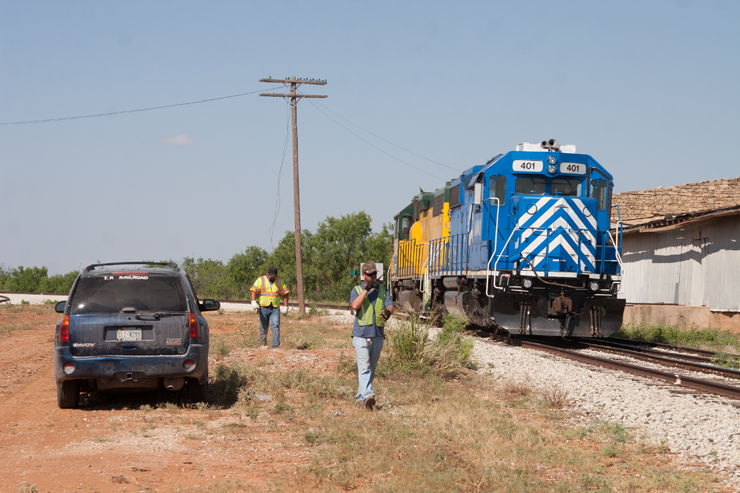

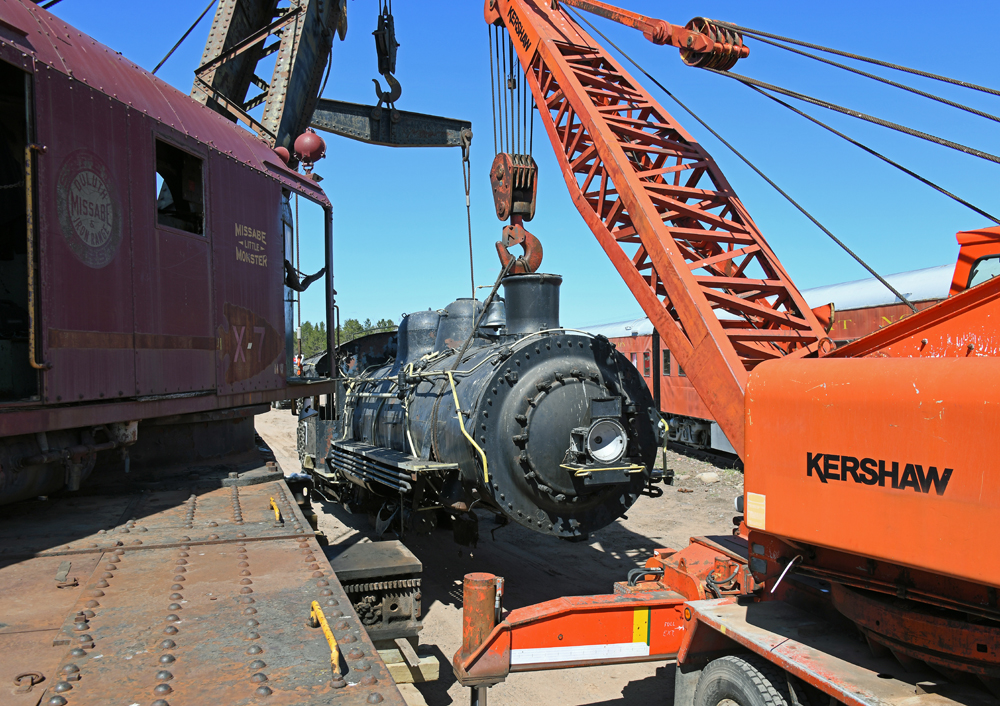
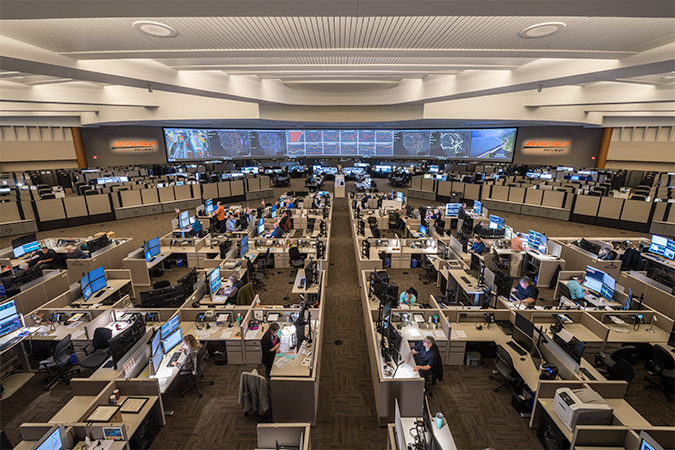
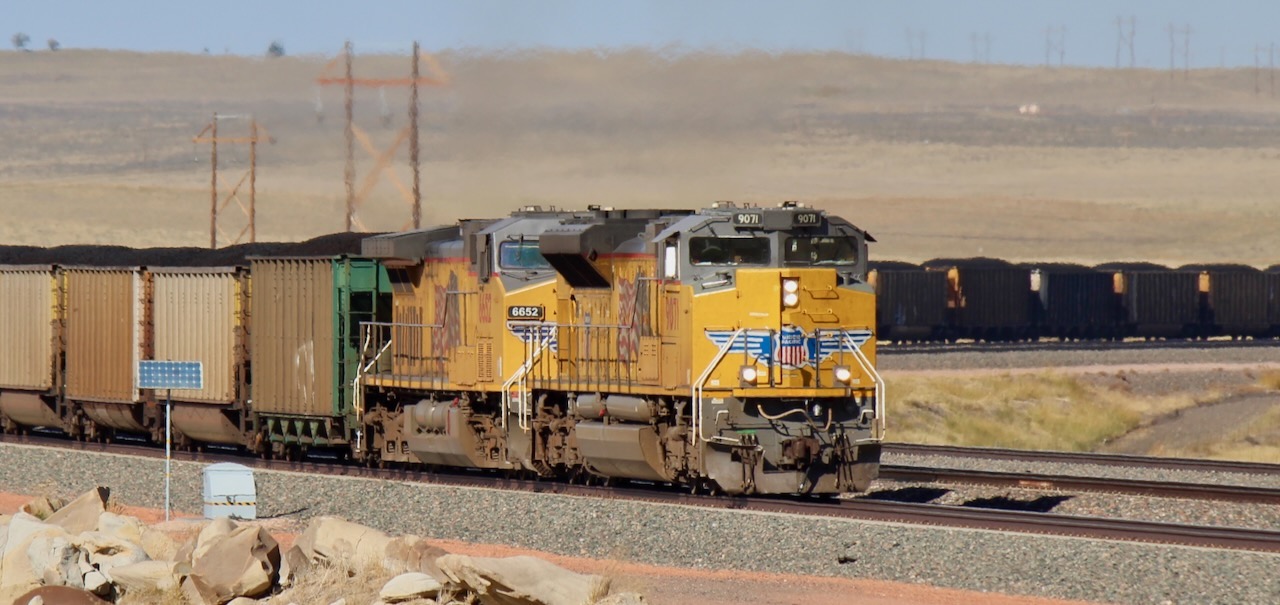
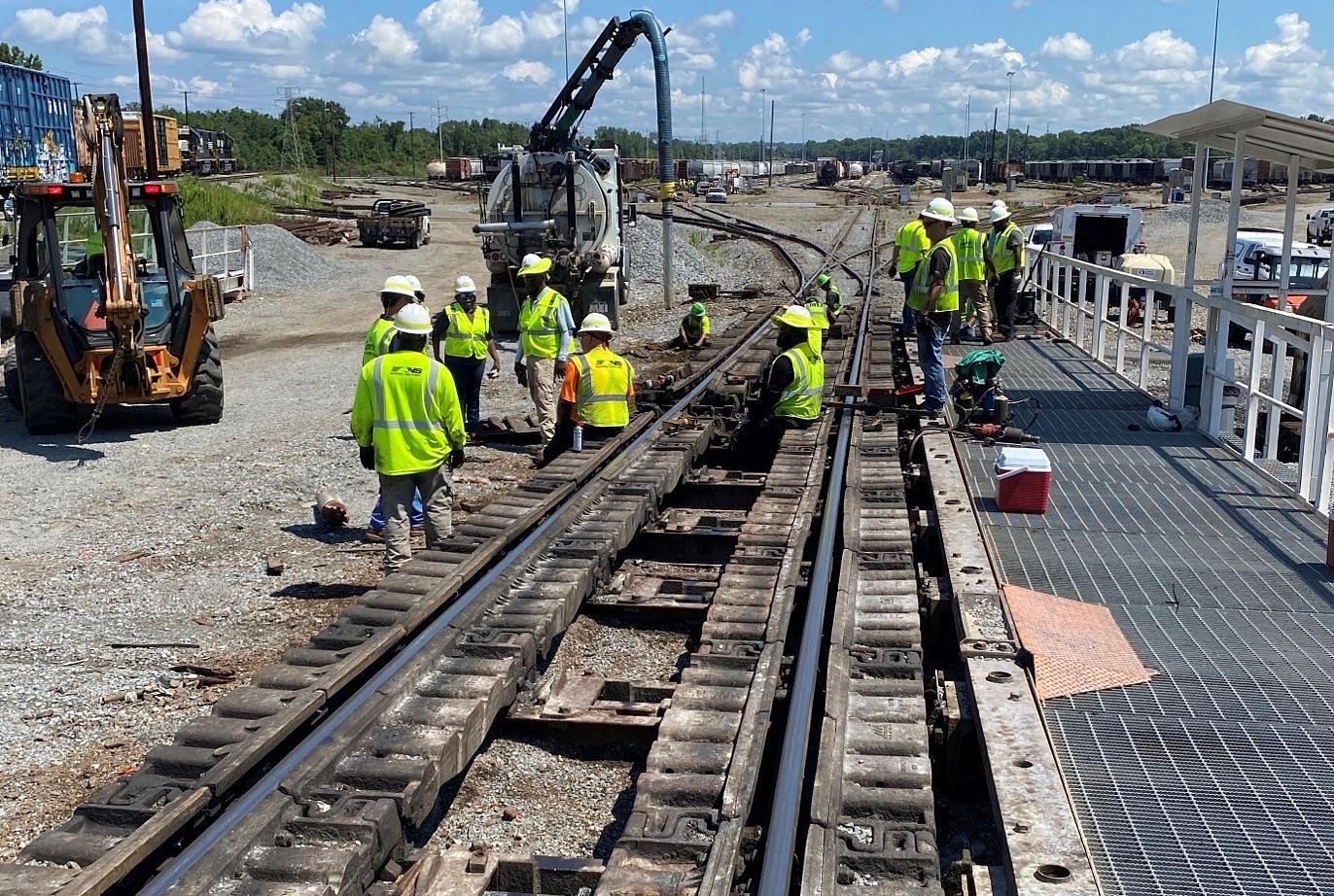




Maybe Grupo Mexico can consolidate this line with Ferromex- that would help business, and maybe compete better with KCS. Get some short line trackage rights and you’ve got a nice, direct connection to the Ft. Worth/Dallas area- quite a bit more direct than KCS’s route. That would increase traffic, for sure. (Plus, hopefully more run-through Ferromex power for us railfans… priorities, you know.)
How many lines like this were abandoned too soon? If a line is still intact there is still a possibility of its revival. Bravo to Texas for having the vision to keep it.
Tracks comprising of 90-pound rails are aesthetically pleasing and quaint. They were adequate for Class I railways a century ago. The first train to exceed 100 mph ran on the New York Central and Hudson River Railroad ran on small rails in the 1893 with 4-4-0 No 999 with 86.5-inch drive wheels.
This article is confusing for me. What is actually being upgraded and by how much? (measured in something other than money). $10 million in upgrades isn’t much.
A map would help. I know Trains has one because I remember one in coverage of this railroad in the magazine.